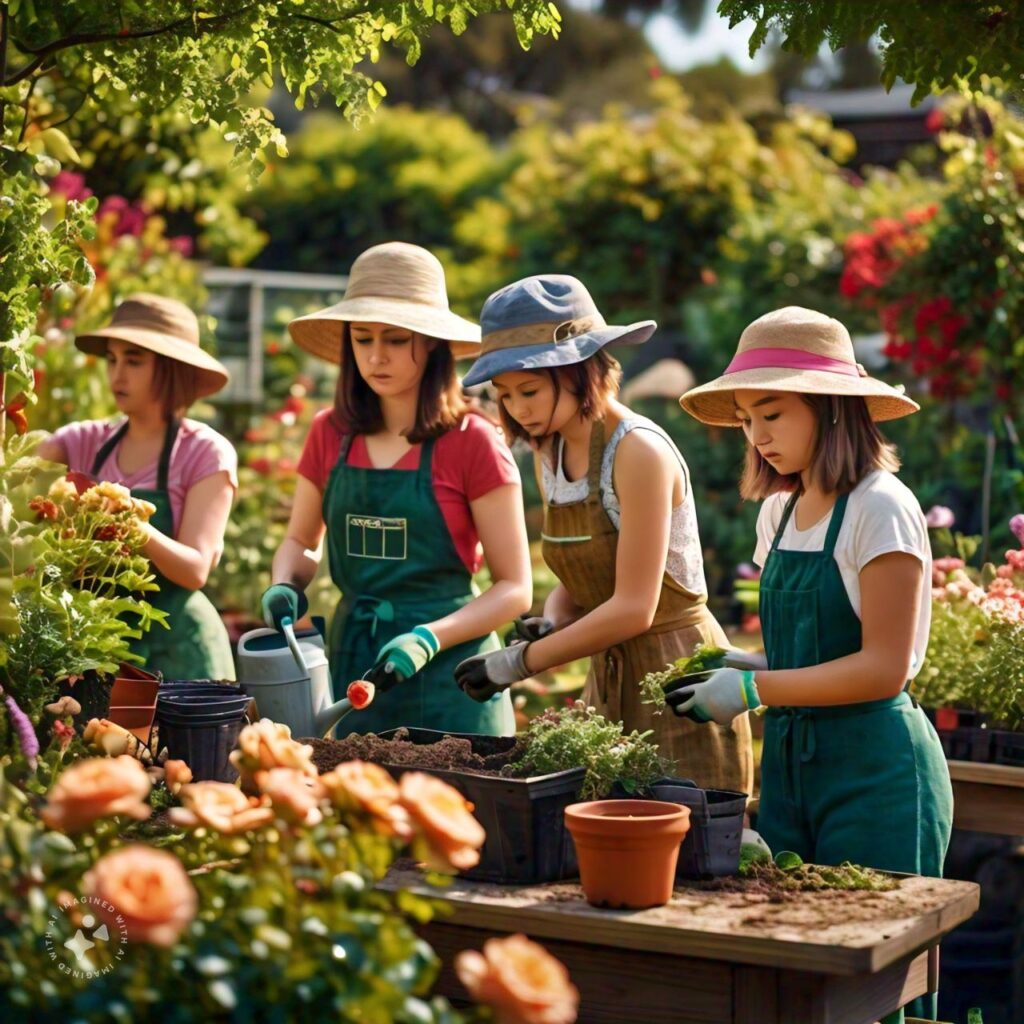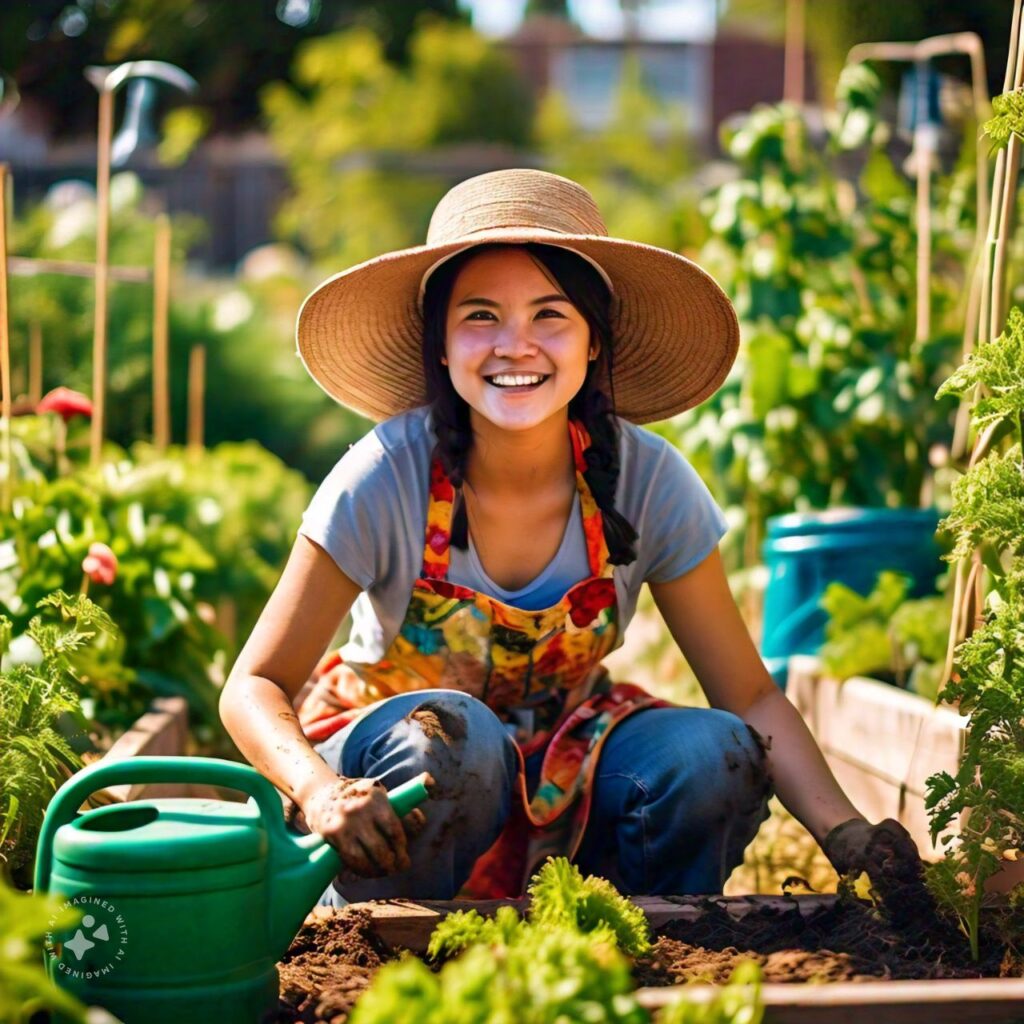Horticulture gardening is more than just cultivating plants; it is the practice of nurturing nature and creating harmonious environments. Whether you’re growing vegetables, fruits, flowers, or ornamental plants, horticulture can transform outdoor spaces into thriving ecosystems. In this guide, we explore the world of horticulture gardening, from the essentials of soil preparation to advanced techniques for pest management and sustainability.
What is Horticulture Gardening?
Horticulture refers to the art and science of growing plants. It encompasses everything from small-scale home gardens to large agricultural practices. Unlike simple gardening, horticulture focuses on the intentional design of plant care, aiming for optimal growth, health, and aesthetic appeal. This type of gardening is essential for anyone passionate about creating a sustainable, productive garden environment.
The Importance of Soil Health in Horticulture
The foundation of any successful horticulture garden is healthy soil. Without proper soil, plants cannot grow to their full potential. Healthy soil provides the essential nutrients, water retention, and aeration necessary for plant roots to thrive.
Understanding Soil Composition
Soil is composed of organic matter, minerals, water, and air. These elements work together to create a balance that supports plant life. To enhance the soil for horticultural purposes, gardeners need to test soil pH levels and amend it as necessary.
- Sandy Soil: Drains quickly but doesn’t hold nutrients well.
- Clay Soil: Retains moisture but can be too dense for proper root growth.
- Loamy Soil: The ideal blend of sand, silt, and clay, loam retains moisture while allowing roots to breathe.
Soil Amendments can be added to improve structure and fertility. Organic matter like compost, peat moss, or aged manure works wonders in turning poor soil into fertile ground for horticulture.

Plant Selection and Planning Your Horticulture Garden
Plant selection is crucial to ensuring the success of your garden. Different plants have varied needs in terms of light, water, and soil, so understanding these requirements is key. Native plants or those well-adapted to your local climate should be prioritized as they typically require less maintenance and are more resistant to local pests and diseases.
Choosing the Right Plants
- Vegetables: Tomatoes, cucumbers, and carrots are popular horticultural vegetables, requiring rich soil and consistent watering.
- Herbs: Basil, rosemary, and mint thrive in well-drained soil with moderate sun exposure.
- Flowers: Perennials like daisies, lavender, and hostas add color and attract pollinators to your garden.
- Ornamentals: Trees and shrubs such as Japanese maples or boxwood can provide structure and beauty to your landscape.
Companion Planting for Success
Companion planting is a time-tested horticultural technique where plants are paired based on their mutual benefits. For example, marigolds can repel pests that harm tomatoes, and planting basil near roses enhances the roses’ scent. This method maximizes space, reduces pest infestations, and boosts the productivity of your garden.
Watering Techniques for Optimal Growth
Efficient watering is vital in horticulture gardening. Over-watering can lead to root rot, while under-watering stresses the plants and stunts their growth.
Drip Irrigation Systems
A drip irrigation system delivers water directly to the plant’s roots, reducing waste and ensuring that moisture reaches where it’s needed most. This method is particularly useful in regions with limited water resources or for gardeners seeking a more eco-friendly solution.
Rainwater Harvesting
Rainwater harvesting is another sustainable horticultural practice. By collecting and storing rainwater, gardeners can reduce reliance on municipal water supplies and conserve resources. It’s an environmentally friendly way to maintain a lush garden while minimizing environmental impact.

Organic and Sustainable Practices in Horticulture Gardening
Modern horticulture gardening places great emphasis on sustainability. Organic gardening methods eliminate the use of synthetic chemicals, preserving the natural balance of ecosystems.
Composting: Turning Waste into Rich Soil
Composting is the process of recycling organic waste into nutrient-rich soil amendments. By composting kitchen scraps and garden clippings, horticulturists can reduce waste while creating an effective soil conditioner. Composting also improves soil texture, helps retain moisture, and encourages beneficial microorganisms to thrive.
Mulching for Moisture Retention and Weed Control
Mulching involves covering the soil with organic materials such as straw, wood chips, or leaves. This technique conserves moisture, suppresses weed growth, and adds nutrients to the soil as it decomposes. Mulch also provides insulation, keeping soil temperatures stable and protecting plant roots from extreme weather.
Natural Pest Management Techniques
Pesticides and chemical fertilizers can harm beneficial insects, deplete soil health, and even pose risks to human health. Organic horticulturists instead use natural pest control methods, such as introducing predatory insects (like ladybugs), planting pest-repellent species (like garlic and onions), and using neem oil or soap sprays to deter harmful insects.
Advanced Horticultural Techniques for Enthusiasts
For those looking to take their horticulture gardening to the next level, there are advanced techniques to explore that enhance plant growth and garden productivity.
Hydroponics: Soil-Free Gardening
Hydroponics is a method of growing plants in nutrient-rich water instead of soil. This technique allows plants to grow faster and can be done indoors or in small spaces, making it an excellent option for urban gardeners or those with limited outdoor space. Hydroponics also uses less water than traditional soil gardening, making it more sustainable.
Vertical Gardening: Maximizing Space
In areas with limited horizontal space, vertical gardening can be a game-changer. By training plants to grow upward using trellises, hanging pots, or wall-mounted planters, gardeners can maximize their space and create beautiful green walls.
Greenhouses for Year-Round Gardening
For serious horticulturists, a greenhouse offers the perfect environment to grow plants year-round. With controlled temperature, humidity, and light, greenhouses allow for the cultivation of a wider variety of plants, even in extreme climates.
Creating a Horticulture Garden That Thrives Year After Year
Success in horticulture gardening requires patience, knowledge, and dedication. With the right preparation, plant selection, and care techniques, anyone can cultivate a flourishing garden. Horticulture is not just about growing plants—it’s about fostering a deeper connection with nature, embracing sustainable practices, and creating a living environment that benefits both people and the planet.
By adopting sustainable practices, making informed plant selections, and using innovative techniques like vertical gardening and hydroponics, you can ensure that your garden is both beautiful and productive.



